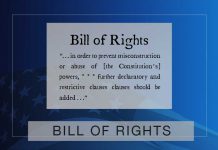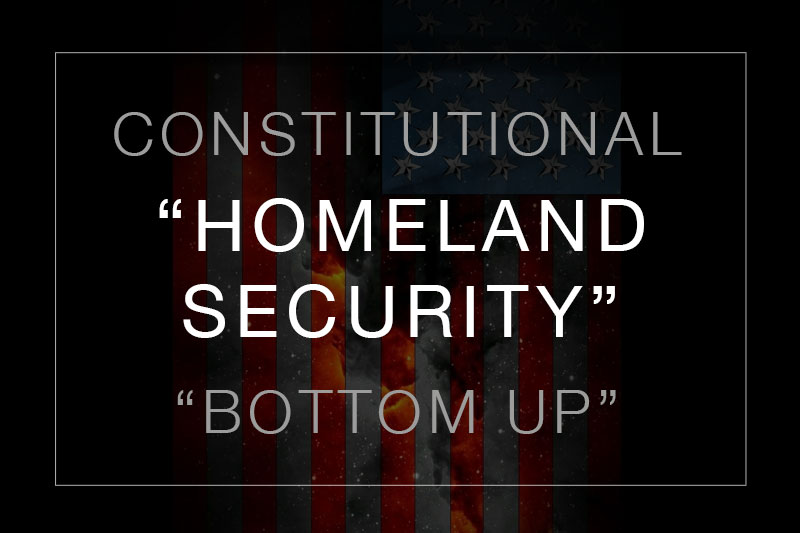Last Updated on February 17, 2022 by Constitutional Militia
“Martial Law” in the United States Today Under Color of “Homeland Security”
The most realistic as well as least complicated explanation for the feverish pace at which a National para-military police-state apparatus is being erected is that public officials expect a calamitous breakdown of America’s monetary and banking systems, with an attendant collapse of the country’s entire economy, to take place in the not-so-distant future.
“Martial Law” in the United States Today Under Color of “Homeland Security”
Nothing comparable to the Department of Homeland Security was ever openly proposed until public officials trotted out “the war on terrorism” as the focus of a nationwide attention after the 9/11 event.[1] “The war on terrorism” began as the excuse for permanent and wide-ranging military adventures overseas, directed primarily at countries in the Middle East and Africa with strategic importance because of their locations and natural resources. It was and remains, l’arme blanche in a campaign of neo-imperialism. From its conception, though, “the war on terrorism” also provided the perfect pretext for the establishment of a National police-state apparatus within America. Yet that ersatz “war” cannot explain the breakneck speed at which the DHS has since been constructed and its operations expanded. For even a coordinated attack by every “terrorist” in the entire world could not ignite a truly catastrophic emergency throughout the United States. From tint to time, “homeland security” bureaucrats have posited the possibility that “terrorists” might launch an EMP attack against, or otherwise sabotage, the vulnerable national electric grid. But a failure of the grid—for one reason or another entirely unrelated to “terrorism”—and the havoc it would cause have hung over this country for a long time. Nonetheless, although some high level security exercises have been (and will continue to be) conducted, next to nothing has been done to prepare common Americans to live with far less electricity than they consume now, or to teach them how to generate electricity or other forms of power locally from alternative sources under emergency conditions.[2]
Why would public officials go to so much trouble to erect such a complex and costly apparatus as “homeland security” so quickly unless they expected to employ it to its full potential some time soon?
Once the straitjacket of “martial law” has been fastened on a community a real “emergency” will exist—not least of all in the inability of civilian authorities and residents to resist the oppressors occupying their territory. For instance, aspiring usurpers and tyrants in public office claim that some imaginary or exaggerated “emergency” exists. They declare “martial law” and deploy troops and para-militarized police forces. The imposition of “martial law” creates a set of circumstances with which average Americans have had no experience and for which they are totally unprepared. The resulting destruction of popular self-government—with attendant economic, political, and social chaos—then rationalizes the maintenance of “martial law” into the indefinite future.





























